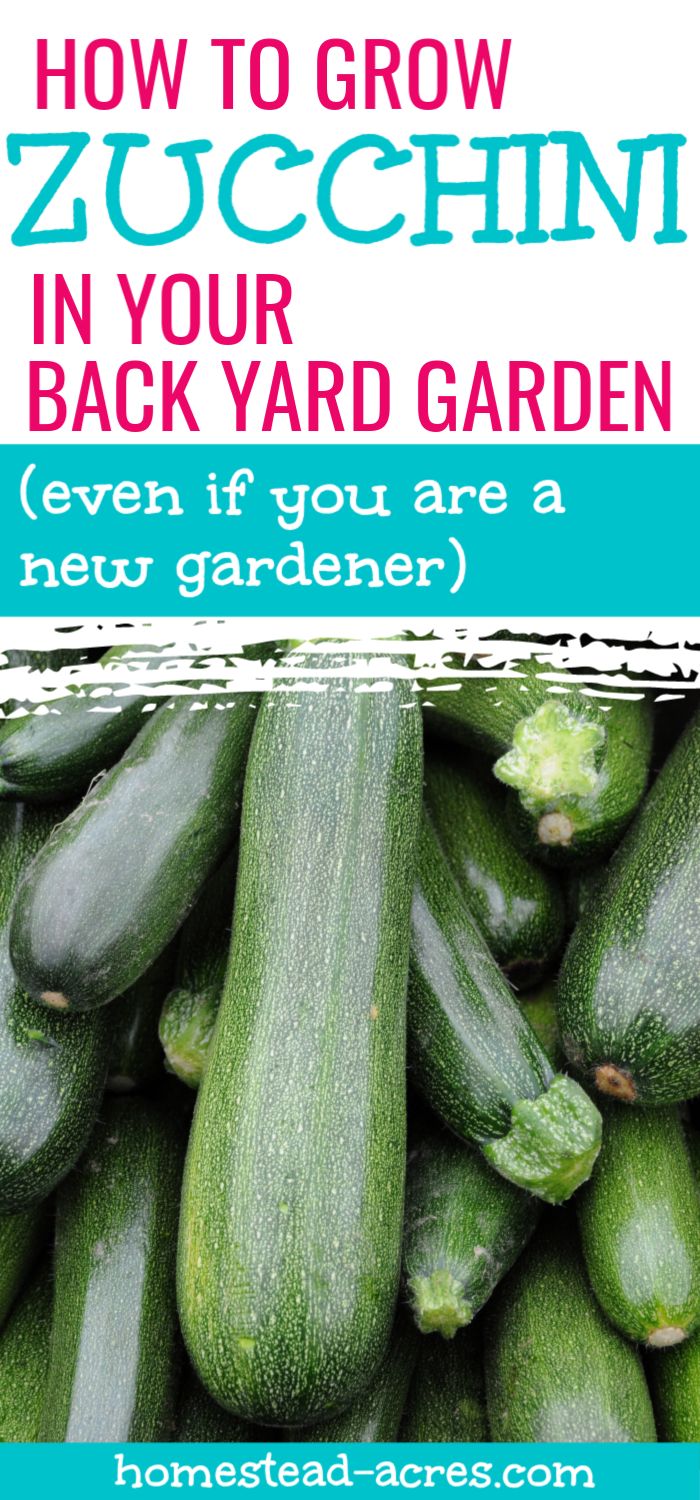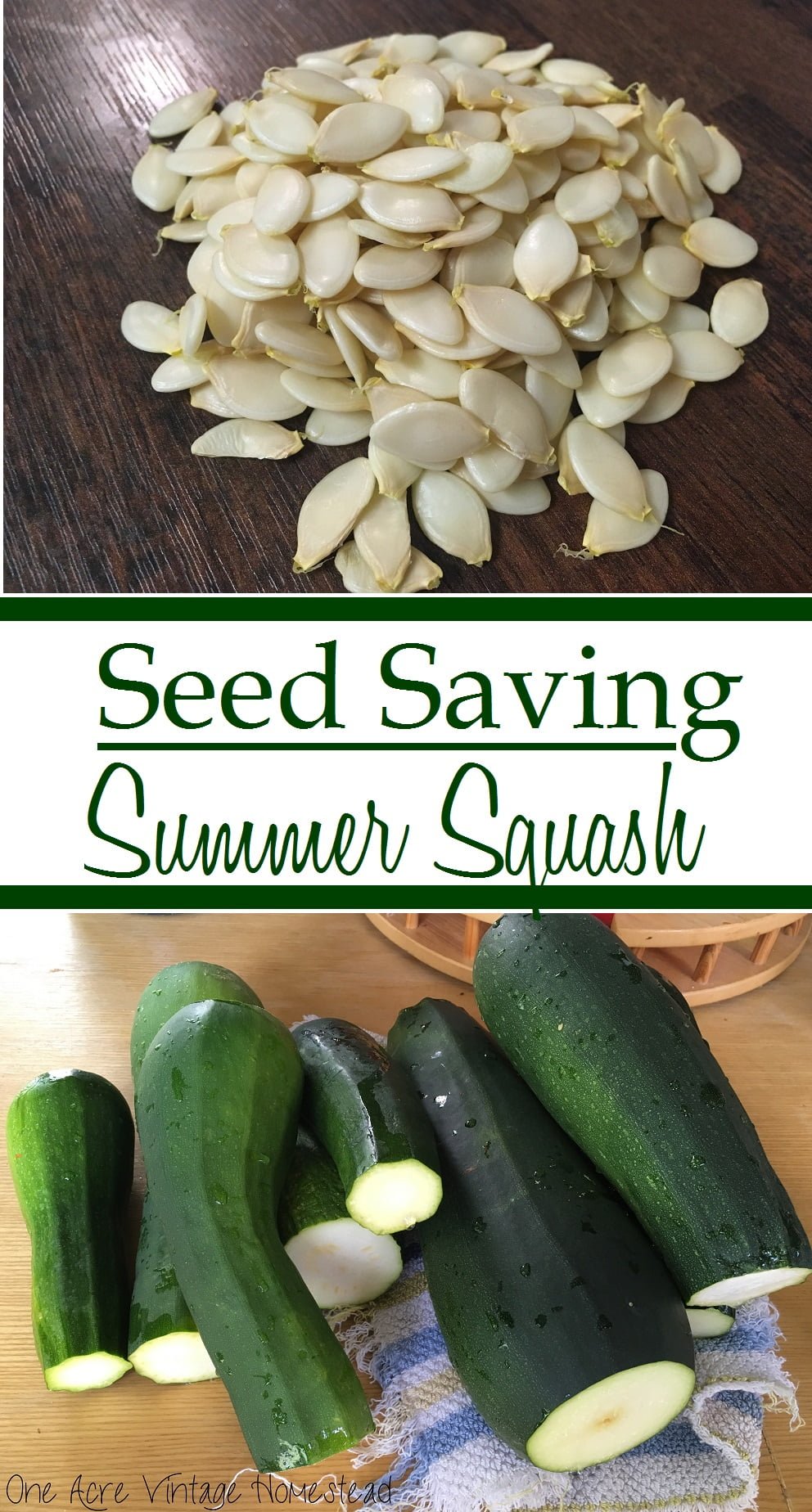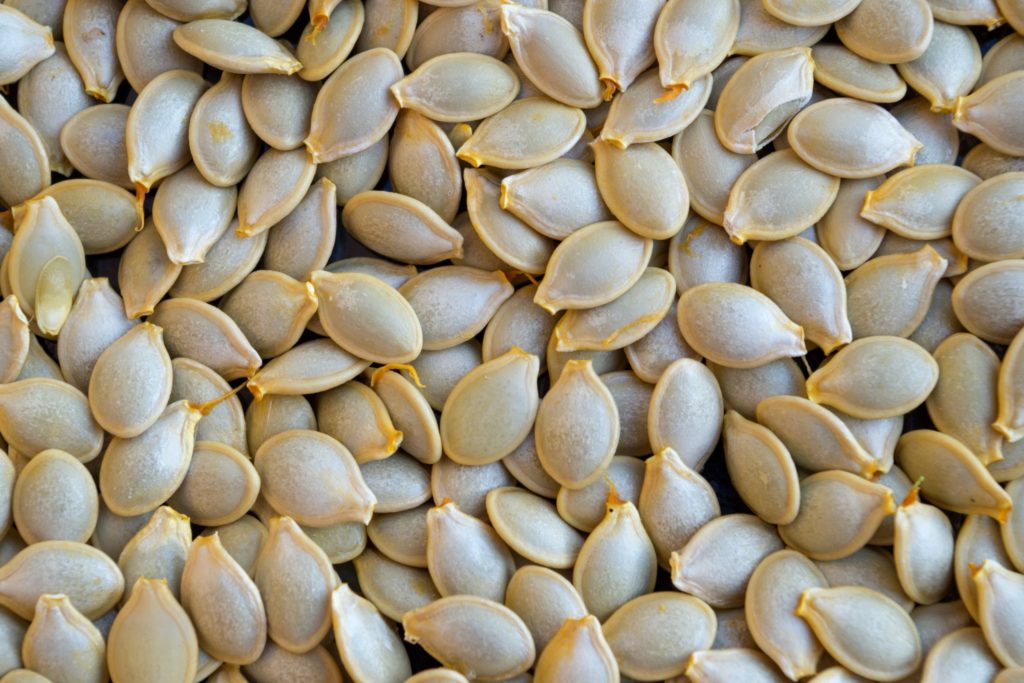So, you’ve been growing zucchini in your garden and enjoying their delicious fruits all summer long. But now you’re starting to think about next year’s crop, and you want to try something different – saving seeds from your own zucchini! Well, you’re in luck because in this article, we’ll walk you through a step-by-step guide on how to save seeds from zucchini. From choosing the right zucchini to harvesting and storing the seeds, we’ve got you covered. Get ready to take your gardening skills to the next level and ensure a bountiful zucchini harvest year after year!

Choosing the Right Zucchini Plant
When it comes to saving seeds from zucchini, choosing the right plant is crucial. Opting for open-pollinated varieties is a great starting point. These varieties allow for natural pollination through insects, ensuring genetic diversity in your seeds. Look for reputable seed suppliers or local gardening centers that offer open-pollinated zucchini seeds. Remember to choose plants that are known for their disease resistance to ensure healthy seed production.
Determining Open-Pollinated Varieties
Open-pollinated zucchini varieties are those that are pollinated by insects or other natural means, rather than through human intervention like hand-pollination. These varieties have been around for many years and have remarkable traits that have been preserved through natural breeding. Some popular open-pollinated zucchini varieties include Black Beauty, Cocozelle, and Tondo di Piacenza. These varieties are tried and tested, making them excellent choices for seed saving.

Selecting Healthy and Disease-Free Plants
To maximize your chances of obtaining viable seeds, it’s crucial to select healthy and disease-free zucchini plants. Look for plants with vibrant leaves, sturdy stems, and no signs of pest infestation. Examine the leaves closely for any spots, discoloration, or signs of fungal or bacterial diseases. Choose plants that have shown resistance to common zucchini diseases such as powdery mildew, downy mildew, and bacterial wilt. Healthy plants are more likely to produce quality seeds and pass on desirable traits to the next generation.
Identifying Mature Zucchinis
Once you have selected the right zucchini plant, it is important to identify the perfect time to harvest the zucchini for seed saving. Here are some key indicators to help you determine if a zucchini is mature:
Observing the Color and Texture
Mature zucchinis will have a deep green color and a firm texture. Avoid harvesting zucchinis that are still pale or have a soft flesh. The skin should be smooth, free from blemishes or cuts, which may indicate immaturity.
Checking for Hardened Seeds
When a zucchini reaches maturity, the seeds inside will have hardened. Gently press your fingernail against the skin of the zucchini and see if it leaves an indentation. If the skin is too tough to leave a mark, it indicates that the seeds have hardened, and the zucchini is ready for seed extraction.
Measuring the Zucchini’s Size
Another way to identify if a zucchini is mature is by measuring its size. Most zucchini varieties are ready to harvest when they reach 6-8 inches in length. However, keep in mind that some varieties may have different size requirements, so refer to the specific recommendations for the variety you are growing.

Harvesting the Zucchini
To ensure the best quality seeds, harvesting zucchinis in the correct manner is essential. Here’s how to do it right:
Using Clean and Sharp Tools
Before harvesting, make sure your tools, such as a sharp knife or pruning shears, are clean and sanitized. This helps prevent the transfer of any diseases or pathogens to the zucchini plant. Wipe down the blades with rubbing alcohol or a diluted bleach solution to maintain a hygienic cutting surface.
Ensuring the Zucchini is Fully Mature
To obtain viable seeds, it is crucial to let the zucchini reach full maturity on the vine. Avoid the temptation to harvest them too early. Fully mature zucchinis have the best chance of producing seeds that are genetically robust and healthy.
Cutting the Zucchini from the Vine
Once you have determined that the zucchini is fully mature, use your clean and sharp tools to carefully cut the zucchini from the vine. Leave a small stem attached to the fruit, as this will make handling the zucchini easier during the seed extraction process. Handle the zucchini with care to prevent any bruises or damage, as this can affect the quality of the seeds.
Extracting Seeds
Now that you have harvested your mature zucchinis, it’s time to extract the seeds. Follow these steps to ensure successful seed extraction:
Cutting Open the Zucchini
Using a clean knife, gently cut the zucchini lengthwise, exposing the inner flesh and seeds. Take care not to cut too deeply into the seeds to avoid damaging them.
Removing the Seeds from the Flesh
Using a spoon or your fingers, carefully scrape out the seeds from the flesh of the zucchini. Place the seeds in a clean container, discarding any remaining flesh or debris. It is important to handle the seeds gently to avoid any damage that could affect their viability.
Cleaning the Seeds Properly
To ensure the seeds are free from any residual pulp or debris, place them in a fine-mesh sieve or strainer. Rinse the seeds under cool running water, gently rubbing them between your fingers to remove any remaining residue. Allow the seeds to air dry fully before proceeding to the next step.

Preparing and Drying Seeds
Properly preparing and drying the seeds is crucial to ensure their viability for future plantings. Follow these steps:
Fermenting the Seeds
Fermentation is a method used to remove any gel-like coatings around the seeds, which may inhibit germination. To ferment the zucchini seeds, place them in a glass or plastic container with enough water to cover them. Allow the seeds to ferment for 2-3 days, stirring occasionally. During this time, beneficial bacteria will break down the coatings.
Rinsing and Draining the Seeds
After fermentation, rinse the seeds thoroughly under cool running water. Use a sieve or strainer to drain excess water and remove any remaining pulp. Gently shake the strainer to remove excess moisture.
Drying the Seeds
Spread the rinsed and drained seeds in a single layer on a paper towel or a fine-mesh screen. Place them in a well-ventilated area away from direct sunlight. Allow the seeds to air dry completely, which usually takes around 1-2 weeks. Stir the seeds occasionally to ensure even drying. Proper drying will prevent the seeds from mold or rot during storage.
Storing and Labeling Seeds
Storing the dried zucchini seeds in the correct manner is vital to maintain their viability. Follow these steps for proper storage:
Choosing the Right Storage Containers
Use airtight containers like glass jars or small envelopes to store the seeds. Make sure the containers are clean and dry before adding the seeds. Glass jars with rubber gaskets or envelopes specifically designed for storing seeds are excellent choices as they provide an airtight seal to keep moisture out.
Ensuring Moisture-Free Environment
To maintain the quality of your seeds, it is essential to store them in a moisture-free environment. Keep the containers in a cool, dark, and dry location, such as a pantry, basement, or refrigerator. Avoid storing them in areas prone to high humidity or temperature fluctuations, as these conditions can reduce seed viability.
Labeling the Containers
To avoid any confusion or mix-ups, label each storage container with the variety name, date of collection, and any additional information you find important. This will help you keep track of your seed collection and ensure proper organization when it comes time to plant them in the future.

Performing Germination Tests
Before replanting saved zucchini seeds, it’s a good idea to check their viability through germination tests. Follow these steps:
Checking the Seed’s Viability
To check if the zucchini seeds are still viable, take a small sample and place them on a moist paper towel or cloth. Fold the towel or cloth over the seeds and place them in a plastic bag. Keep the bag in a warm location, around 70-80°F (21-27°C), for about a week. After the testing period, carefully unfold the towel or cloth and check for germinated seeds. The number of germinated seeds will give you an indication of the seed’s viability.
Conducting Germination Tests
If the germination rate is low, you may want to consider planting a larger quantity of seeds to ensure a successful harvest. However, if the germination rate is high, you can confidently use the saved seeds for future plantings. This germination test provides valuable information about the seed’s viability and guides you in planning your next gardening season.
Understanding Cross-Pollination
Cross-pollination is a natural process that occurs when different varieties of zucchinis are grown in close proximity. This can lead to unexpected traits in the offspring and affect the quality of the saved seeds. It’s important to understand and manage cross-pollination to maintain the desired characteristics of your zucchini plants.
Preventing Cross-Pollination
To prevent cross-pollination, separate different zucchini varieties by a minimum distance of 1/2 mile (0.8 km) or plant them on opposite ends of your property. This distance helps minimize the chance of insects carrying pollen from one variety to another. If space is limited, consider using physical barriers like netting or row covers to isolate different varieties.
Isolating Varieties
For those with larger gardens, isolating different zucchini varieties is key to preserving their genetic purity. By growing only one variety each season or practicing hand-pollination, you can ensure the pure breeding of the zucchini plants and maintain the desired traits from generation to generation.
Saving Seeds for Next Season
Saving zucchini seeds allows you to maintain a self-sustaining cycle of growing your favorite varieties year after year. Follow these guidelines for storing seeds in optimal conditions:
Proper Storage Conditions
Store your saved zucchini seeds in a cool, dark, and dry place. The ideal temperature for seed storage is around 35-50°F (2-10°C). Avoid exposing the seeds to direct sunlight or extreme temperature fluctuations, as these factors can affect seed longevity and viability.
Using Seeds within Optimal Timeframe
While zucchini seeds can remain viable for several years if stored properly, it’s best to use them within 2-3 years for optimal germination rates. Over time, the viability of seeds naturally decreases, so it’s wise to continually refresh your seed collection to ensure successful future plantings.
Sharing and Trading Saved Seeds
Saving seeds from zucchinis not only benefits your own garden but also provides an opportunity for seed sharing and trading within the gardening community. Here’s how you can expand your seed varieties and join seed exchanges or trading platforms:
Expanding Seed Varieties
Saving zucchini seeds allows you to contribute to the preservation of different zucchini varieties. By sharing your saved seeds with others, you can help maintain biodiversity in home gardens and ensure the availability of unique zucchini varieties for future generations.
Joining Seed Exchanges or Trading Platforms
Participating in seed exchanges or trading platforms is a fantastic way to expand your seed collection and discover new zucchini varieties. Many gardening communities organize seed swaps where gardeners can exchange their saved seeds directly with others. You can also explore online platforms dedicated to seed trading, where you can connect with fellow gardeners from all over the world and diversify your zucchini seed collection.
Saving seeds from zucchini not only allows you to take control of your gardening experience by preserving desirable traits but also allows you to contribute to the larger gardening community. With a little knowledge and effort, you can enjoy the satisfaction of growing your own zucchinis from saved seeds, while also fostering a sense of community and environmental stewardship. So go ahead, start saving seeds from your favorite zucchini varieties and embark on an exciting journey of self-sustainability and seed sharing!



